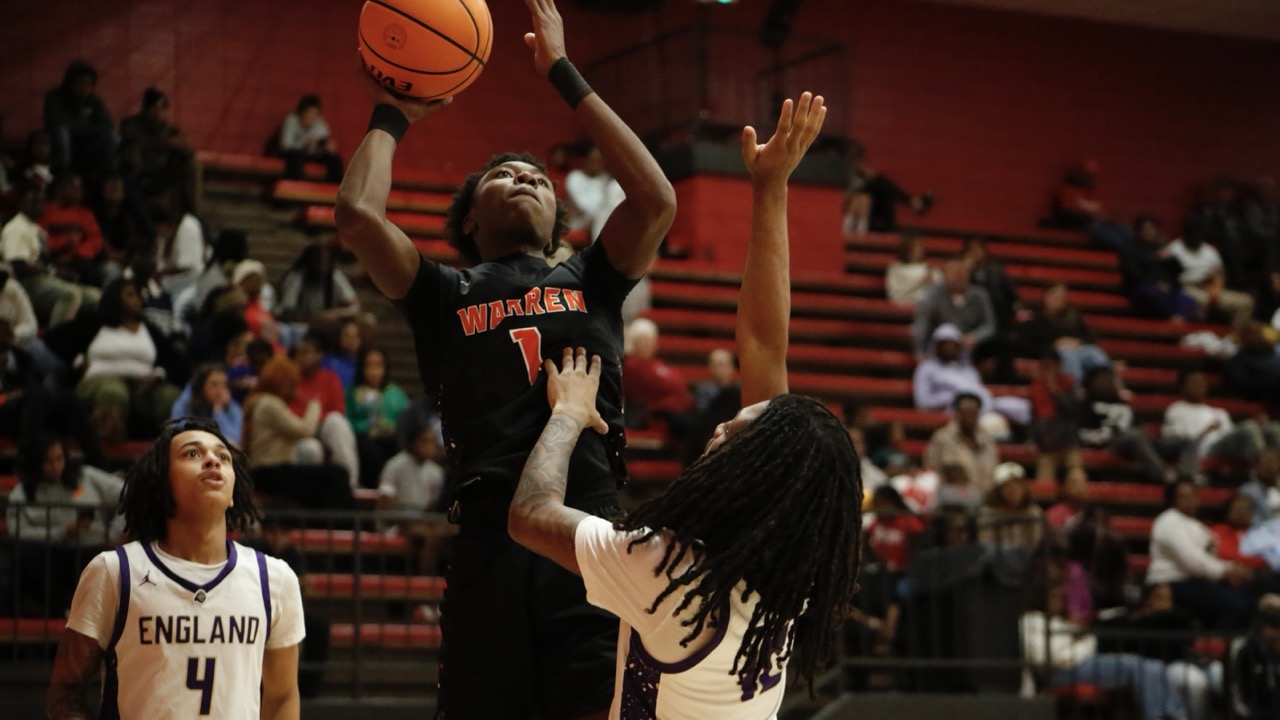LITTLE ROCK — Snakes scare a lot of people. According to Web MD, half of the people in the world feel anxious about snakes while 2 to 3 percent of people experience ophidiophobia – a fear of snakes so extreme that it interferes with life.
Top photo: The flattened head of a scared eastern hognose snake may resemble a cobra with an extended hood, but it is a harmless ruse. Bigstock photo.

Trigger warning: This article highlights a snake in Arkansas whose theatrical performance may cause your heart skip a beat.
Spoiler alert: Said snake is harmless to humans. As for their main prey, toads, that’s another story.
The eastern hognose snake lives statewide, but in localized populations. This medium-sized, stocky snake with an upturned snout prefers habitat with sandy or loose soil.
Describing the snake’s coloration is tricky because it comes in a palette of colors – tan, black, olive, yellow, reddish-orange or gray. These colors may be uniform or paired with a series of brown or black blotches on their back and bands on their tail. Adding to this variability, its belly may be gray, yellow, olive or red and mottled with green-gray or gray. One consistency in their coloration is a pair of large, dark brown or black blotches behind the head.
Their prominent, upturned snout digs and pokes through loose or sandy soil in pursuit of toads, their preferred prey. Toads have dandy defense mechanisms for most predators – glands behind each eye secrete a toxin that makes them inedible and they puff up their bodies to appear much larger. But these defenses are no match for the hognose. A neutralizing enzyme in the digestive tract of the snake allows it to eat toads with no ill effect, and a specialized pair of large teeth in the upper jaw in the back of the mouth deflate a toad like a balloon.
Hognose snakes also produce a mild venom with their saliva that subdues their prey for easy swallowing. While toads make up most of their meals, hognose also dine upon a variety of frogs, salamanders, lizards and their eggs, ground-nesting bird eggs, and small mammals such as mice and shrews.
When frightened, a hognose snake puts on a thespian-worthy performance. Act one involves the snake flattening its head and neck and hissing loudly. It may even strike, but only as a bluff with its mouth closed. If this offensive display doesn’t work to ward off an enemy, the snake’s second act is a strong defense. It may go into convulsions, open its mouth and let its tongue hang out, thrash around, throw up prey from its stomach, defecate, roll onto its back and play dead. If the perceived threat moves away, the snake will eventually roll over onto its belly, look about cautiously while flicking its tongue before slithering away to safety.
Hognose are non-aggressive despite this impressive show – they rarely bite people, even when they’ve been captured. And while the saliva of a hognose helps subdue its prey, it has little effect on humans although some people have experienced a bit of swelling along with a burning and tingling sensation, all short-lived.
The harmless hognose has earned an assortment of nicknames including “puff adder†and “hissing viper.†And while its defensive behaviors work well against their natural enemies, these antics unfortunately cause them to be killed by humans out of unwarranted fear.
Check out AGFC’s “Arkansas Snake Guide†(https://drive.google.com/file/d/15o4duULIzna6iSmyzTeGEDttIRn_Jz8J/view) to learn more about the 36 species of snakes that live in The Natural State and the important roles they play in nature.




